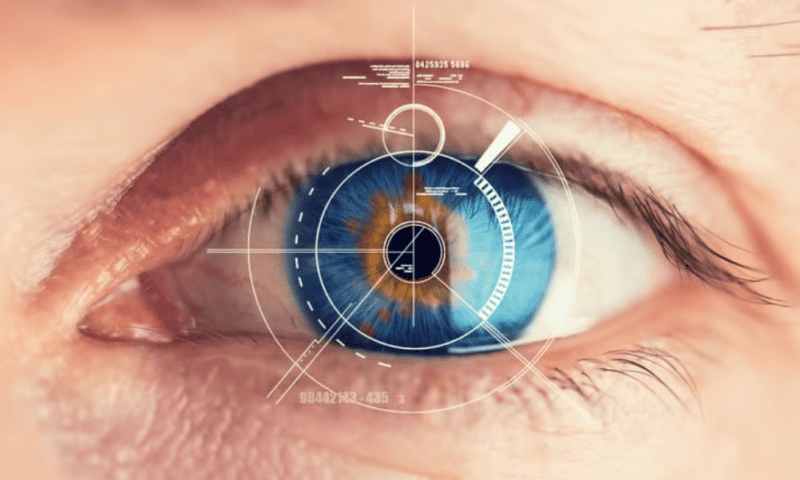Patients with wet age-related macular degeneration who added Unity Biotechnology’s retinal disease med on top of Regeneron’s Eylea maintained their vision gains achieved with the blockbuster-approved therapy alone—but they didn’t experience any major gains that the biotech was hoping for.
Unity was testing UBX1325 in a phase 2 study called ENVISION featuring patients with wet AMD who were not benefiting from an anti-VEGF treatment, which is the standard of care. Drugs in this class include Genentech’s Avastin and Eylea.
Patients started out receiving Eylea and switched at week 24 to either a combination of Eylea and UBX1325 or UBX1325 alone through week 48. The main goal was safety, but Unity was hoping to see improvements in best corrected visual acuity as a secondary endpoint.
While the patients getting the UBX1325 combo did not see any reduction in visual acuity, they didn’t see any improvements, either—except for a select group of patients who had more severe visual acuity at baseline. Those patients gained about 3.2 letters on a vision test chart between weeks 24 and 48, Unity said in a Wednesday press release.
Patients who received UBX1325 alone also maintained visual acuity for the duration of the study, according to Unity. This group had a mean change of 0.1 letters at the 24-week check but a 1.5-letter reduction at 48 weeks.
Unity reported that 40% of patients did not need anti-VEGF rescue treatment through 48 weeks—which on the flip side means 60% did. About 64% of patients were without anti-VEGF treatment for over 24 weeks. The median time to rescue treatment was 32 weeks.
In response to the middling data, Unity CEO Anirvan Ghosh, Ph.D., said the results show a reduction in anti-VEGF burden while maintaining visual acuity gains seen with the standard of care option. Patients with more severe disease may also see a greater benefit, he added.
The data are not enough for Unity to remain committed to the wet AMD indication, however. Ghosh said the biotech will instead focus on diabetic macular edema where UBX1325 has shown great visual acuity gains.
UBX1325 met key safety and efficacy goals of the phase 2 Behold study for patients with DME, Unity reported in November 2022. The therapy improved best corrected visual acuity when compared to a sham treatment.
Further data from the ENVISION study will be presented at a future medical meeting. A phase 2b trial for DME has been initiated with randomization expected in the fourth quarter, according to today’s release.
Unity has had a tough couple of years attempting to find its footing. Originally focused on anti-aging, the company has had to conduct multiple rounds of layoffs before ultimately refocusing on ophthalmology, with UBX1325 the star of the pipeline.
Investors were unmoved by the ENVISION data, with Unity shares holding steady at $2.41, up just over 1% from a prior close of $2.38.

